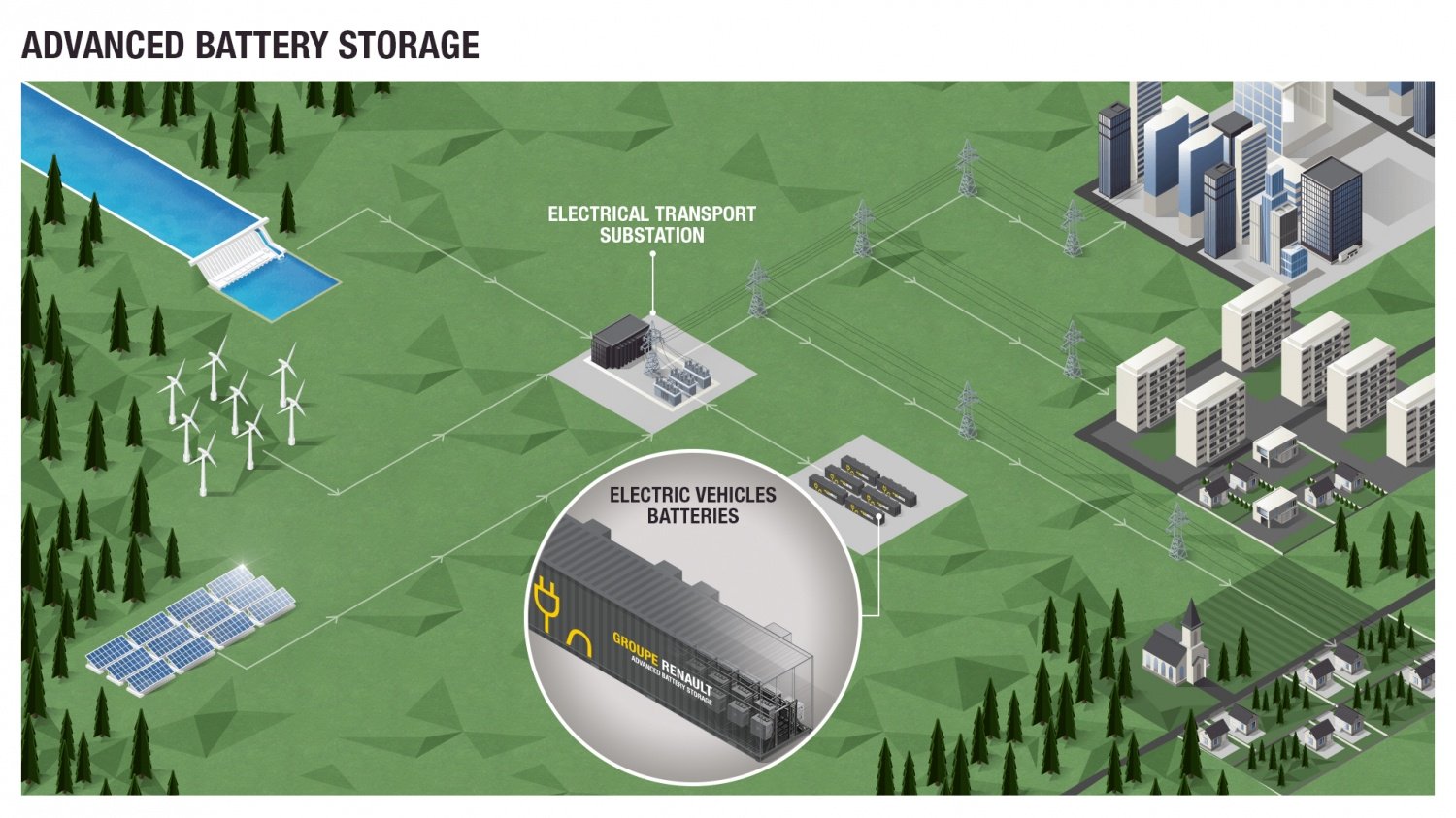The variable nature of wind and solar power means storing energy is a huge part of the fight to mitigate climate change
Why have batteries become important?
In a world increasingly anxious about climate change, the surge in the generation of renewable energy over the past 20 years offers a sliver of hope. But the variable nature of wind and solar power means that storing energy until consumers need it has become the next big challenge. And so, large-scale battery installations are springing up across electricity grids around the world, to make them more flexible. In 2017, more than 1GW of power storage capacity was added around the world – a record, yes, but still a drop in the ocean of global energy demand.
How do batteries like this work?
Of course, we are not talking about a few AAA batteries here. And yet, all batteries broadly work in a similar manner.
Electrical energy is converted to chemical energy when you charge a battery, and then the process is reversed when you draw power from it.

There are three main constituents of most batteries: two electrodes and some form of chemical medium called the electrolyte, which can be a liquid, gel or solid. To generate electricity, a chemical reaction takes place that sees electrons move from the negative electrode, called the anode, to the positive electrode, called the cathode.
When you charge the battery, the process is reversed, sending electrons back to the anode.
So how many of these big batteries are there?
There is around 500MW of large-scale battery power installed around the UK, a figure that is expected to double within three years, according to the analysts Aurora Energy Research. Almost all capacity uses lithium-ion.
Globally installed power is expected to top 50GW by 2020 – and surge to almost 1,000GW by 2040, according to Bloomberg NEF. That would equate to about 7% of the world’s energy capacity.
Read more: The Guardian